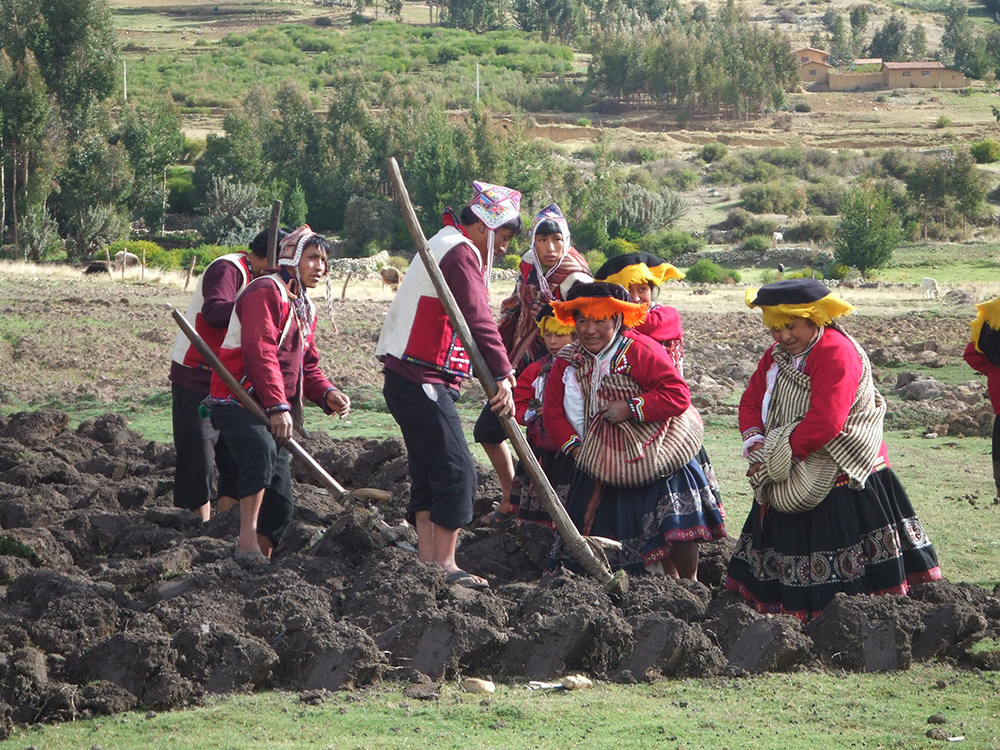In a world increasingly defined by individualism and transactional relationships, many are searching for alternative models of living—frameworks that foster genuine connection, sustainability, and collective well-being. One such profound and ancient wisdom comes from the heart of the Andes. It is not a quick-fix self-help trend but a foundational principle of Andean culture: Uncuymaza.
Beyond a Simple Translation: What Does Uncuymaza Mean?
Translated directly from Quechua, the language of the Inca Empire still spoken by millions today, uncu means “heart, chest, or the innermost part” and maza means “together” or “to both.” A literal translation might be “having hearts together” or “to put our hearts together.”
However, like many deeply cultural concepts, its true meaning is far richer. Uncuymaza encapsulates the ideas of mutual aid, reciprocity, solidarity, and communal responsibility.
The Practice of Uncuymaza: More Than Just Helping Out
It manifests in the daily life of ayllu (the traditional community structure) in tangible ways:
- Minga or Minka: This is the most famous practical application of Uncuymaza. A minga is a collective work project for the benefit of the entire community—building a school, repairing a road, harvesting a neighbor’s fields, or cleaning a water source. People contribute their labor not for pay, but with the understanding that everyone will benefit and that the community will be there for them in their time of need.
- Ayni: This is a related principle of sacred reciprocity. If a neighbor helps you build your house (through ayni), you are obligated to return the favor with equivalent labor when they need it. It’s a system of mutual obligation that strengthens the social fabric, ensuring no one is left behind.
- Emotional and Spiritual Support: Uncuymaza extends beyond physical labor. It means sharing in each other’s joys and sorrows, supporting families during times of crisis, and collectively celebrating festivals and milestones. It is the practice of truly “being there” for one another.
Uncuymaza in a Modern Context
You do not need to live in an Andean village to integrate the spirit of Uncuymaza into your life. Its principles offer a powerful antidote to modern isolation and environmental disconnect.
- From Transaction to Relation: Uncuymaza challenges us to move beyond transactional thinking (“What’s in it for me?”) to relational thinking (“How does my well-being depend on yours?”). This could mean supporting local businesses not just as a customer, but as a member of a community, or helping a colleague at work without immediately expecting something in return.
- Community Building: It encourages active participation in our local communities. Volunteering for a local park clean-up, organizing a neighborhood watch, or simply checking in on an elderly neighbor are all modern acts of Uncuymaza. It’s about fostering a network of care and mutual support.
- Environmental Reciprocity: The Andean worldview sees nature not as a resource to be exploited, but as a living relative (Pachamama, or Mother Earth). Uncuymaza extends to our relationship with the natural world. Sustainable living, conservation efforts, and respecting the environment become acts of reciprocity—giving back to the Earth that sustains us.
- A Model for Leadership: In business and politics, Uncuymaza proposes a leadership style based on service and collective benefit rather than individual profit and power. It asks leaders to consider: are my decisions good for the entire “community,” whether that be my company, my customers, or my citizens?
A Wisdom for Our Time
Uncuymaza is not a relic of the past. It is a timeless and urgent reminder that our greatest strength lies in our interconnection. In the face of global challenges like climate change, social inequality, and widespread loneliness, this ancient Andean philosophy offers a path forward—one built on collaboration, shared responsibility, and the simple, powerful act of putting our hearts together for a common purpose.

